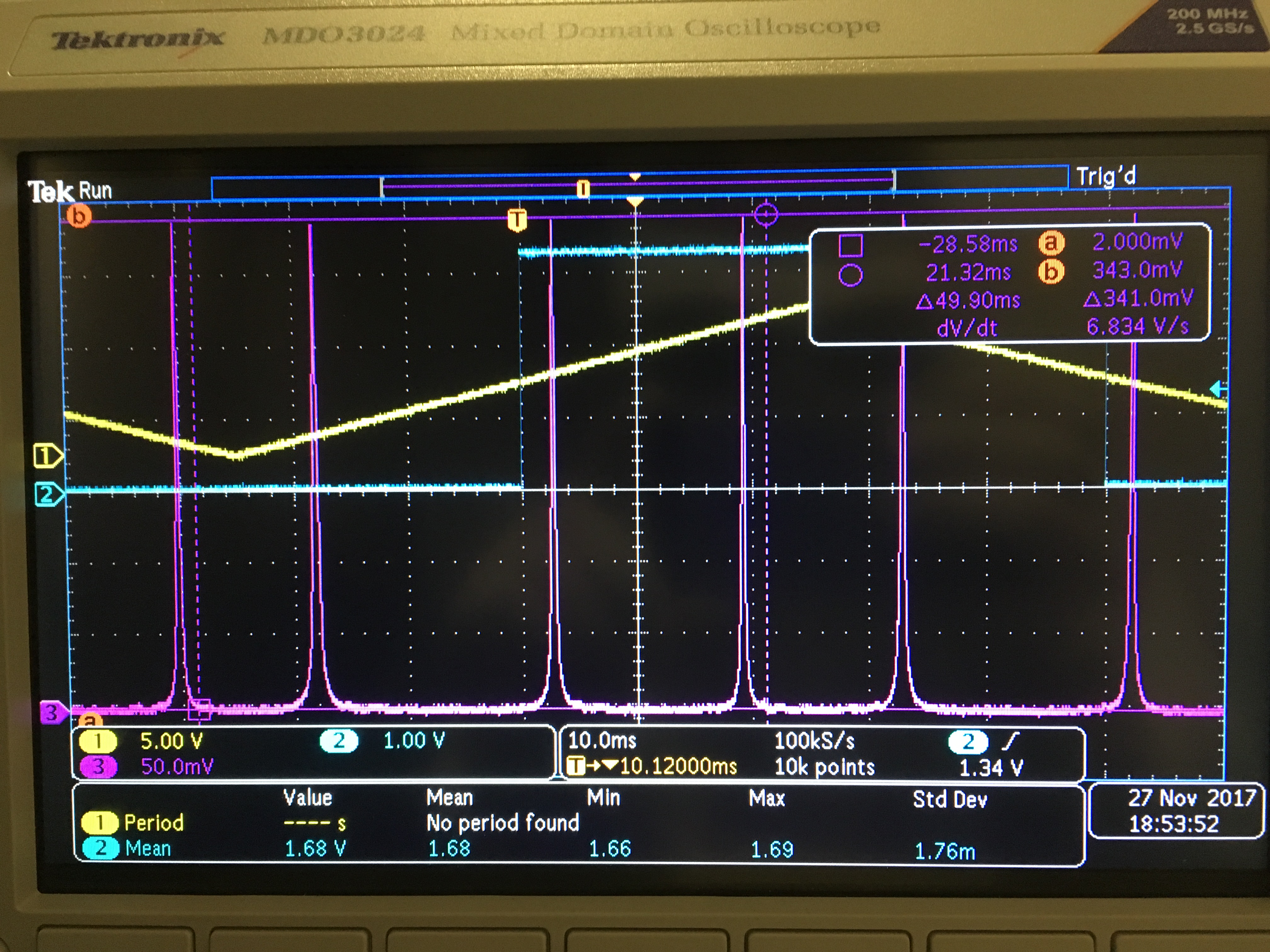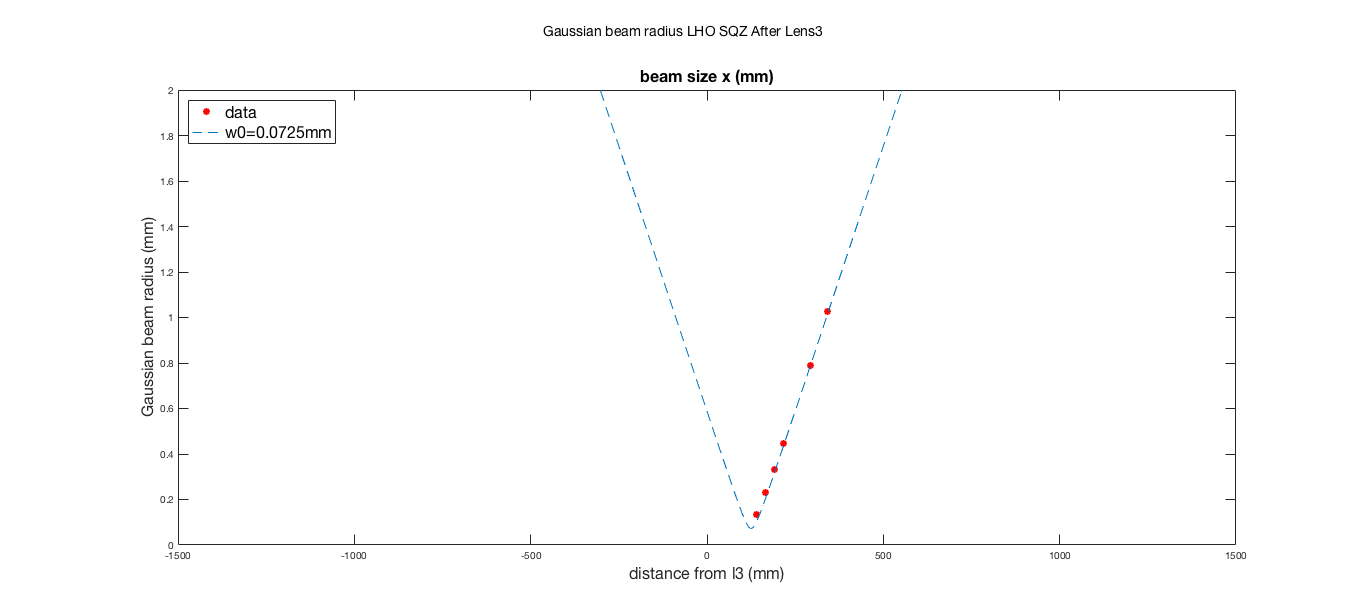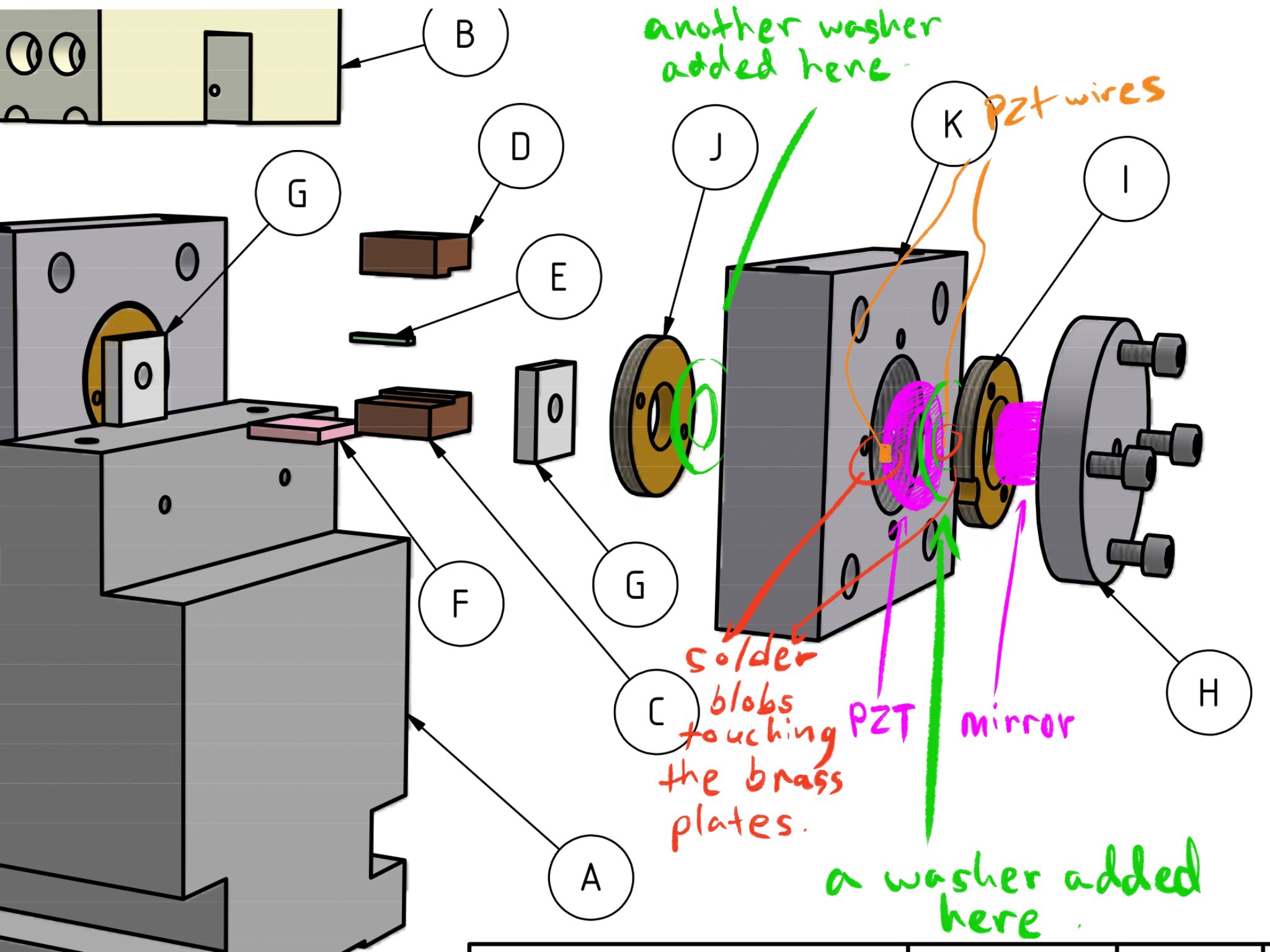S. Dwyer, J. Kissel, K. Kawabe, E. Merilh, G. Moreno, C. Vorvick With the help of all listed above, we were able to complete the entire by-hand, bypassed-input-mode-cleaner, IFO alignment plan, as described in LHO aLOG 39547. This means that the we are confident that the mechanical alignment of the following optics are good enough that we will be able to recover some alignment after we pump down: IM1, IM2, IM3, IM4, PR2, PR3, ITMX, ITMY, BS SR2, SR3. I.e. all of these optics have enough range on their sliders that it's possible to find *an* alignment that sends a beam through the output faraday, can create a michelson fringe, and can retroreflect beams from the ITMs back to PRM. In closing of the procedure -- after aligning SR2, SR3, and ITMY to steer a michelsom fringing beam through SRM into the OFI -- we went back to PRM, and checked whether the ITMs were still retroreflecting back to PRM. We found their beams in the PRM iris, but a little bit +Y in yaw and a little bit low in pitch. We suspect that this is merely a result of the drift of optics or the input beam over the course of a day's work. We were even able to get a little bit further than planned: we checked (12) that the IFO beam, incorrectly polarized with a temporary half-wave plate on the OFI, went to ZM2. It did, but the check admittedly not very precise. (13) SRM alignment by looking for the reflected beam off of SRM. Sadly SRM is out of range of its sliders in pitch. Not a terrible surprise, since this brand new monolithic optic has not yet had its mechanical alignment fine tuned. We'll work with the suspension team to fix this in the coming days. (14) to see if we could align PRM, by looking for secondary retro-reflections from the ITMs back at PRM. We found secondary reflections, and were able to move them with PRM, but it was too late and we got confused as to which beam was which ITM, so we decided to call it a night. (Note: before playing we restored the alignment to the values that got the REFL beam back into HAM1, so that path is still good -- so far.) All-in-all, a really successful, power-house of a day. Nice work team!! What does this leave next? - Mechanically aligning SRM to get a reflected beam back to the ITMs. - Exploring PRM sliders to align secondary beams into PRM iris if not well-co-aligned with the forward input beam and the primary reflection. - Move OMs to catch the new alignment through the OFI Unfortunately, that means we'll have to reconstruct this alignment tomorrow, but hopefully now that we've gotten this far, it'll be easier to get back to this point faster tomorrow. Please remember -- no computer / front-end restarts until further notice. I attach a screenshot of all OSEM values and suspension (plus PSL PZT) slider values at the end of the day, with all optics mentioned above in their desired alignment state. Also, I attach a more detailed log of the activity.
The IM alignment posted here is not final. The final alignment before bias relief and adding o-rings is posted in alog 39577.






















